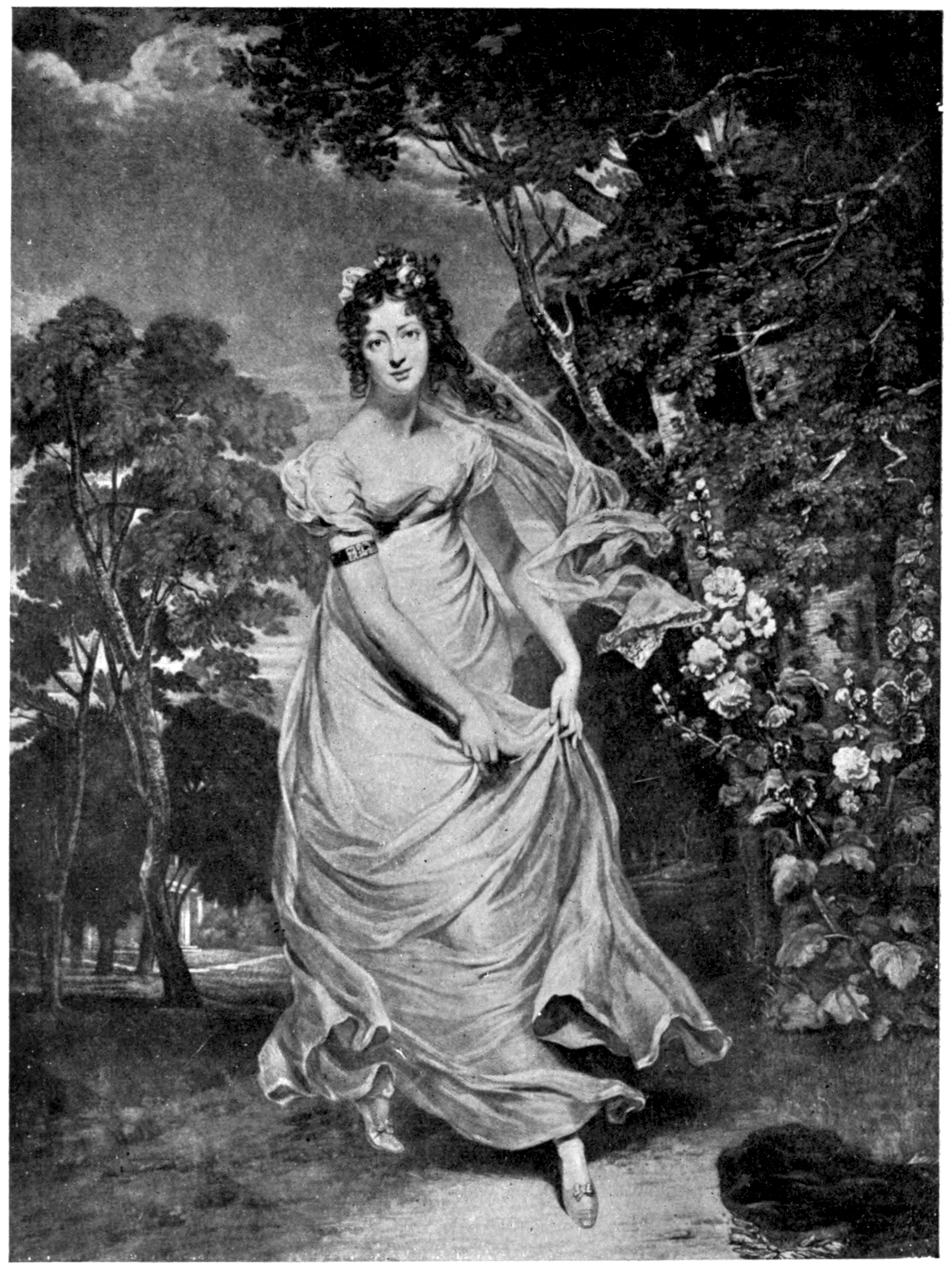The Carlton House set, the collective name for the Prince Regent’s friends in the early 1800s, raised the practice of nicknaming to an art form. Some of these names are already familiar to regency readers, and more or less self-explanatory. Frederick “Poodle” Byng had light curly hair and kept a poodle, giving rise to the inevitable comparison. Edward Hughes Ball Hughes (he added the second “Hughes” in 1819 after his grandmother’s second husband, Admiral Edward Hughes, left him an enormous fortune of 40,000 pounds a year) was rich and handsome enough to be known as The Golden Ball. And, of course “Beau” Brummel is much better known today by his nickname than by his given name of George.
Others from the same set are a bit more obscure. Thomas Raikes was the son of a merchant banker, a famous dandy and friend to the great. He was said to have “risen in the east [the City, the financial center of London] and set in the west [Mayfair, the fashionable end of Town],” which led in a roundabout way to his being nicknamed after the sun god, Apollo. Lord Yarmouth, later Marquis of Hertford, was known as “Red Herrings,” since he was ginger-haired and Great Yarmouth was a thriving port for the herring industry. Joseph Haynes earned no less than three nicknames: for the color of his coats, he was known as “Pea Green” Haynes; for his rivalry with the wealthier Golden Ball, he was known as “Silver Ball”; and when he proposed to the famous actress-courtesan Maria Foote, he became known as—what else?—“Foote Ball.”

Maria Foote won a breach of promise suit against Pea Green Haynes before marrying the more loyal Beau Petersham.

The 2nd Lord Foley, an early champion of flight, was known as "Lord Balloon" after the abortive September 29, 1784, launch that ended with a hot air balloon ablaze in his Portland Place garden.
What about you? Do you have a favorite historical nickname, whether real or fictional?
Alyssa Everett's debut regency romance, Ruined by Rumor, is currently available from Carina Press. She hopes you'll visit her website and follow her on Twitter and Facebook, where she promises not to spam you relentlessly.

8 comments:
Alyssa,
What a wonderful post. I'd, of course heard of many of the nicknames before. But thank you for doing the research and putting them all in one place.
Thanks, Ella! I left out a few of the less colorful nicknames, but there were a lot to choose from.
Alyssa,
Great post. Two of my heroes have nicknames that are shortened versions of their titles. I think it would be fun to give the hero a nickname based on some characteristic.
Thanks, Vicky! I think you should definitely give one of your heroes a nickname based on a characteristic (something suitably dashing, of course).
Very cool post, Alyssa! Just another dimension of character writers need to consider. Thanks!
Thanks, Katherine! I keep hoping a brilliantly clever character nickname will occur to me one day, but so far I've been waiting in vain for the Inspiration Fairy.
Interesting post, Alyssa!
Because I can tie most things Regency to Wellington somehow or other, I'll add that Wellington was known as the Beau or the Peer to officers on his staff, but his troops referred to him as Old Nosey or Old Hookey.
Thanks, Susan! I'll bet Wellington's troops didn't refer to him as Old Nosey or Old Hookey in his hearing. ;)
Post a Comment